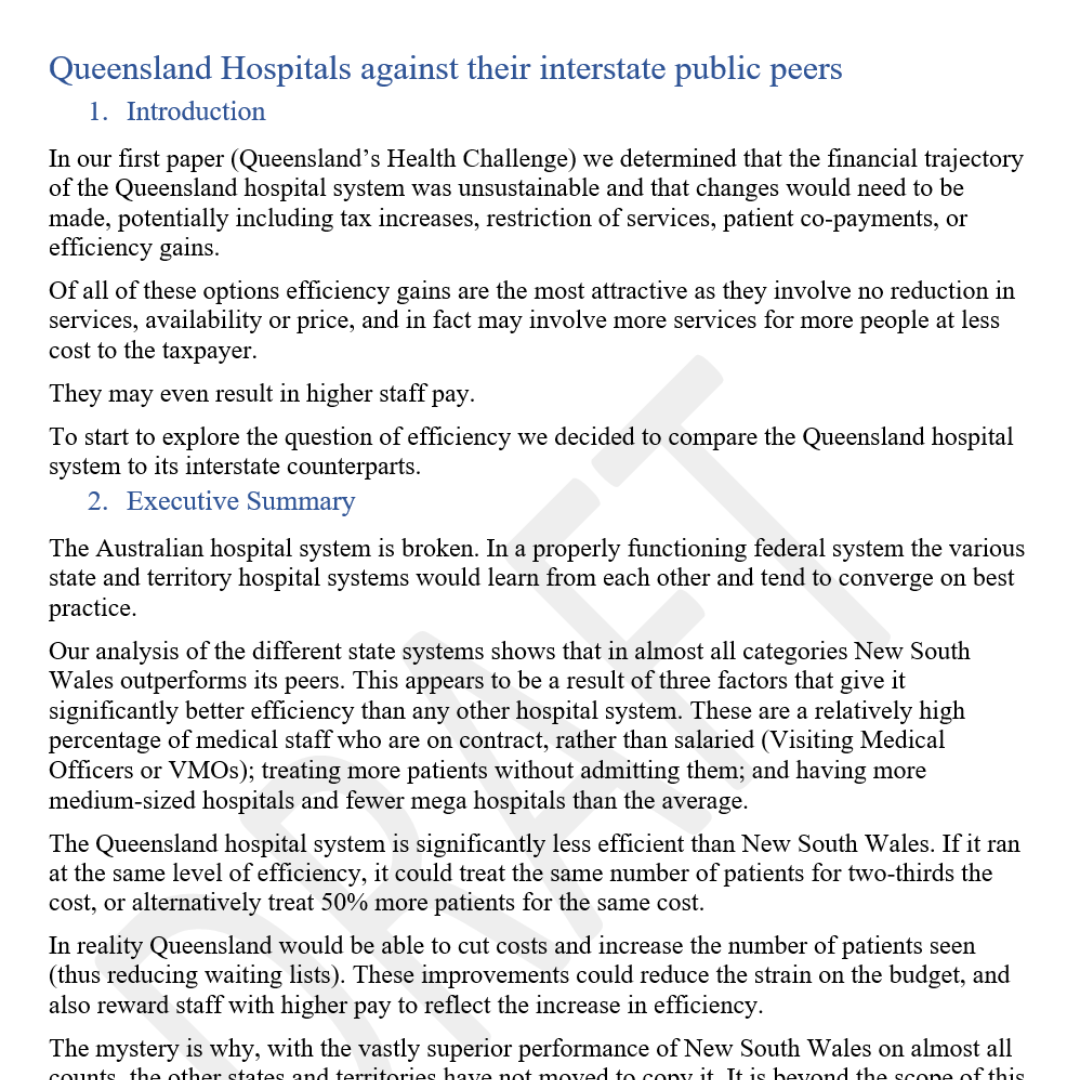Media Mentions
to contact the executive directly email:
hotline@npaa.asn.au - ATTN: NPAA Secretary
Media Mention Links
-
TV Appearances:
Healthcare workers outraged at Queensland construction worker pay deal - Today Show - 11/04/2024
Double pay when it rains, $1000 a week travel bonus - Queensland tradies reap rewards of astonishing new pay conditions - A Current Affair - 11/04/2024
Nursing Crisis Forces Workers to Leave - Sky News - 12/03/2024
-
Articles:
Australia is emerging as two countries with east and west divides - The Australian - 21/08/2024
Des Houghton: Why bureaucratics are ruining Queensland’s health sector - Courier Mail - 17/08/2024
Our hardworking nurses are key to fixing the health crisis - The Australian - 01/08/2024
Hospital Solutions Needed - CQ - 10/08/2024
Double pay when it rains, $1000 a week travel bonus - Queensland tradies reap rewards of astonishing new pay conditions - 9 news - 04/24
Based on analysis by NPAA, a shift to put nurses in charge of hospitals can create savings that can be reinvested in higher pay for nurses.
In Australia, there are 5 administrators for every 10 nurses. In France and most of Europe, there is 1 administrator for every 10 nurses/midwives.
All References and detailed Calculations can be found at the bottom of the page. In summary, reducing the Administrator to Nurse/Midwife ratio from 5:10 to 1:10 in Australia would cause a saving of:
- QLD: $1,177,634,681.76 per year
- NSW: $1,992,335,139.66 per year
- SA: $201,731,446.50 per year
- VIC: $1,483,375,992.70 per year
- WA: $901,167,753.35 per year
- TAS: $121,885,089.61 per year
- ACT: $103,278,323.50 per year
- NT: $61,157,292.57 per year
The total potential savings across all states and territories amount to $6,042,565,719.65.
If these savings were passed on to nurses in the form of a pay rise, the government can afford to pay nurses on average $32,446.33 more per year without increasing the budget.
Sign the Petition:
The Australian Health system originally started with locally run, autonomous hospitals.
The current system does not exist for the benefit of patients and the public, or the frontline healthcare workers, but for the benefit of the tribal network - politicians, bureaucrats and the ALP unions..

The only solution is to minimise the bureaucracy.
The only way to minimise the Brisbane bureaucracy is to relocate their functions of administration to the local hospitals. Let them employ local administrators. Local common sense will discover barely 10-15% of current administrators will be needed
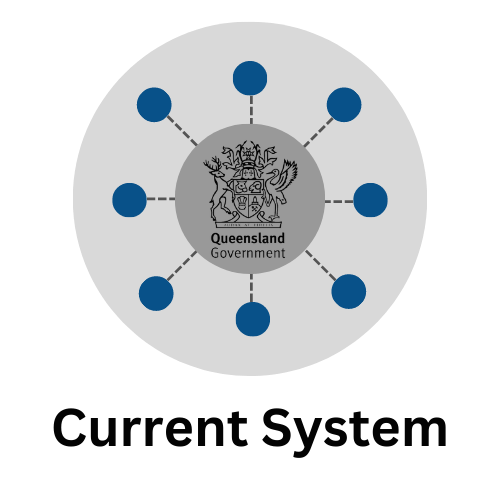
Let’s make our local hospital autonomous, run by nurses managed by a board, elected by the community the local hospital serves, not appointed by a politician.
This is the way to end the cover-ups and ensure that our hospital provides the services that our community needs, rather than what the bureaucrats and politicians dictate.
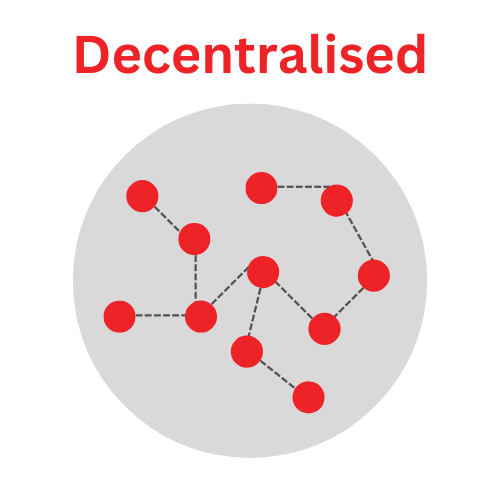
Part 1: A Community Elected Board
A community-elected board will be transparent and accountable to the people who elect them in ways a bureaucracy can and will never be.

Part 2: Empowering Nurses in Hospital Decision-Making
The second part of the solution involves empowering the nurses who work within each health facility.
These are the individuals who have first-hand knowledge of the needs and concerns of their patients and their community. We want at least one of them, elected by the nurses at each facility, not appointed by a politician or bureaucrat, to be on the management board.

If you want to help us deliver local nurse-run hospitals for your communities - Sign the Petition

Calculations & References
Click to expand the state:
-
Queensland (QLD)
- Current system: For every 10 nurses, there are 3.96 administrators.
- Go Local system: By reducing to 1 administrator per 10 nurses, Queensland would have a reduction of 11,882 administrative positions, potentially saving $1,177,634,681.76.
- This could result in an average pay increase of $29,347.01 per nurse per year.
-
New South Wales (NSW)
- Current system: For every 10 nurses, there are 5.12 administrators.
- Go Local system: By reducing to 1 administrator per 10 nurses, NSW would have a reduction of 22,389 administrative positions, potentially saving $1,992,335,139.66.
- This could result in an average pay increase of $36,645.51 per nurse per year.
-
Victoria (VIC)
- Current system: For every 10 nurses, there are 4.01 administrators.
- Go Local system: By reducing to 1 administrator per 10 nurses, Victoria would have a reduction of 14,544 administrative positions, potentially saving $1,483,375,992.70.
- This could result in an average pay increase of $30,679.53 per nurse per year.
-
Tasmania (TAS)
- Current system: For every 10 nurses, there are 3.95 administrators.
- Go Local system: By reducing to 1 administrator per 10 nurses, Tasmania would have a reduction of 1,440 administrative positions, potentially saving $121,885,089.61.
- This could result in an average pay increase of $24,961.11 per nurse per year.
-
Northern Territory (NT)
- Current system: For every 10 nurses, there are 3.66 administrators.
- Go Local system: By reducing to 1 administrator per 10 nurses, Northern Territory would have a reduction of 626 administrative positions, potentially saving $61,157,292.57.
- This could result in an average pay increase of $26,001.40 per nurse per year.
-
South Australia (SA)
- Current system: For every 10 nurses, there are 3.16 administrators.
- Go Local system: By reducing to 1 administrator per 10 nurses, South Australia would have a reduction of 2,865 administrative positions, potentially saving $201,731,446.50.
- This could result in an average pay increase of $15,240.72 per nurse per year.
-
Western Australia (WA)
- Current system: For every 10 nurses, there are 5.92 administrators.
- Go Local system: By reducing to 1 administrator per 10 nurses, Western Australia would have a reduction of 9,345 administrative positions, potentially saving $901,167,753.35.
- This could result in an average pay increase of $47,457.04 per nurse per year.
-
Total Impact
By implementing the Go Local system with a nurse-to-administrator ratio of 1:10 across all states and territories, Australia would have a reduction of 64,113 administrative positions and $6,042,565,719.65 in administrative salaries.
If the saved funds were redistributed to nurses, it would result in an average pay increase of $32,446.33 per nurse per year, based on the total nurse count of 186,229 across all states and territories.
-
Reference
Australian Institute of Health and Welfare. (2022-23). Hospital resources 2022–23: Australian hospital statistics. Table 3.2: Average full-time equivalent staff, by staffing category, public hospital services, states and territories.
Retrieved from https://www.aihw.gov.au/reports-data/myhospitals/content/about-the-data
Note: The analysis and calculations in this summary are based on the data provided in the referenced document. The potential savings and pay increases are theoretical and based on the assumption of redistributing all saved administrative costs directly to nursing staff. Actual implementation of any such changes would involve numerous additional factors and considerations not accounted for in this simplified analysis.

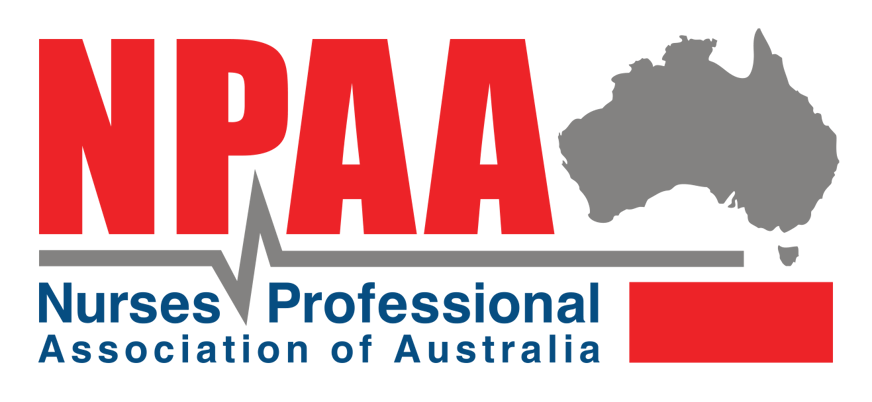



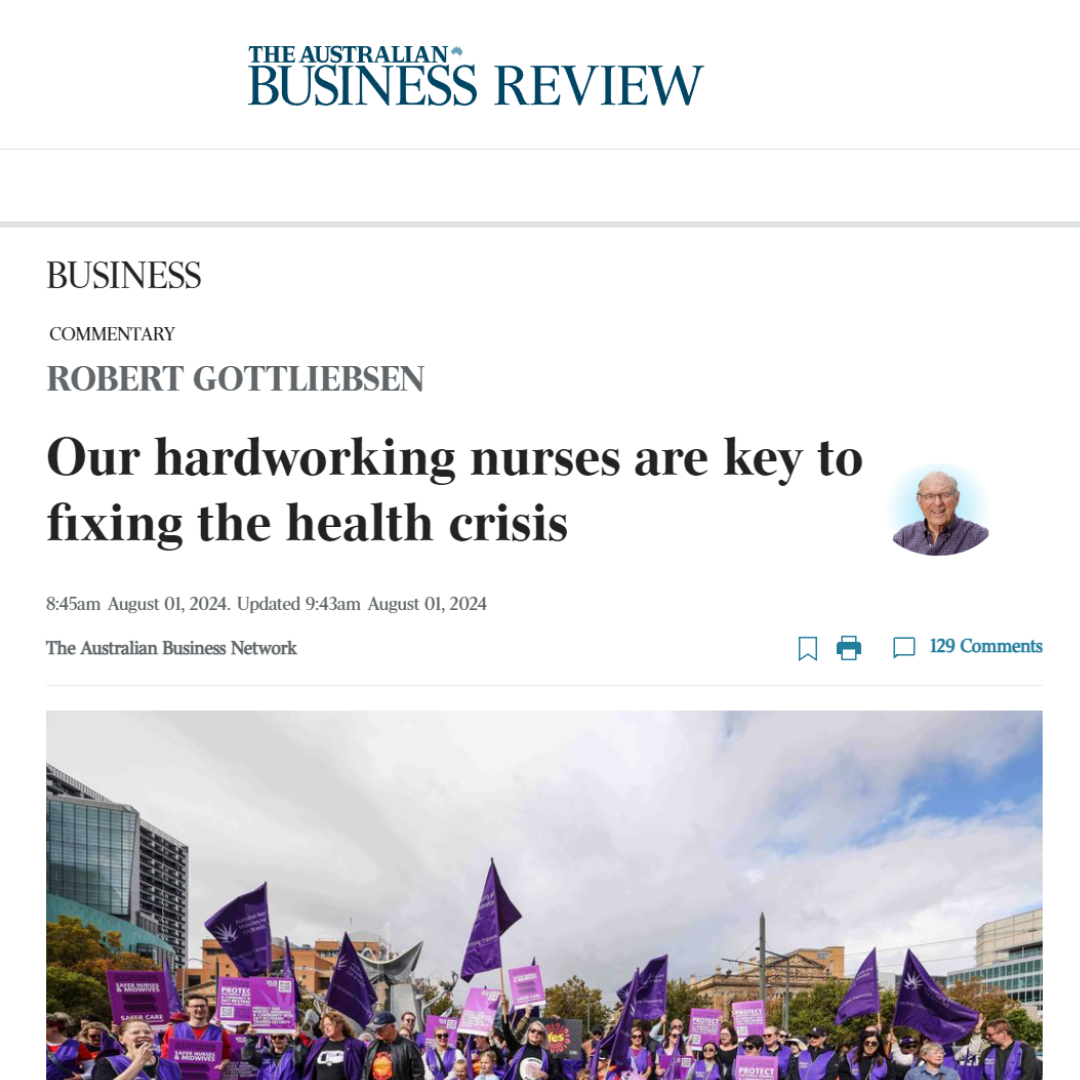
.png)

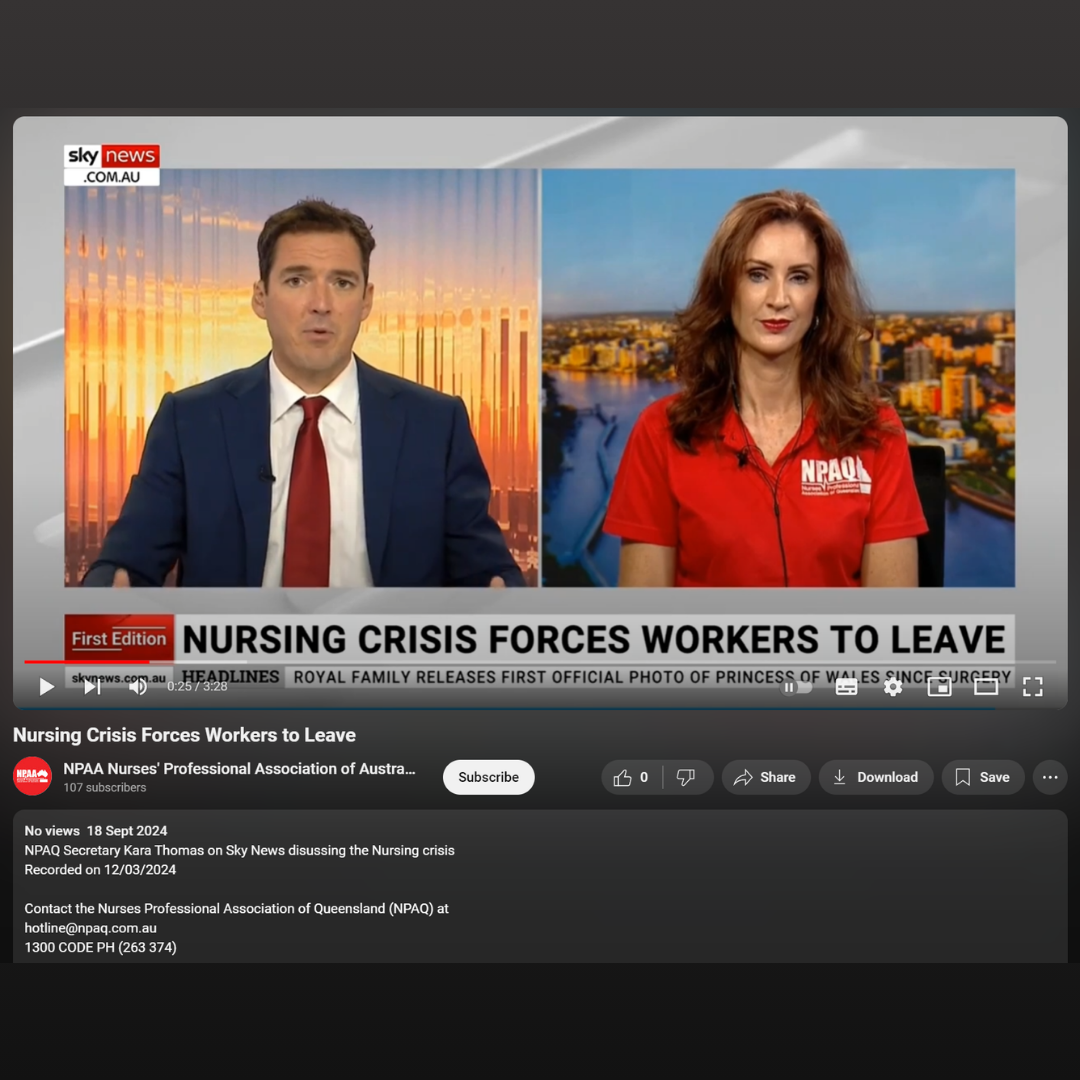

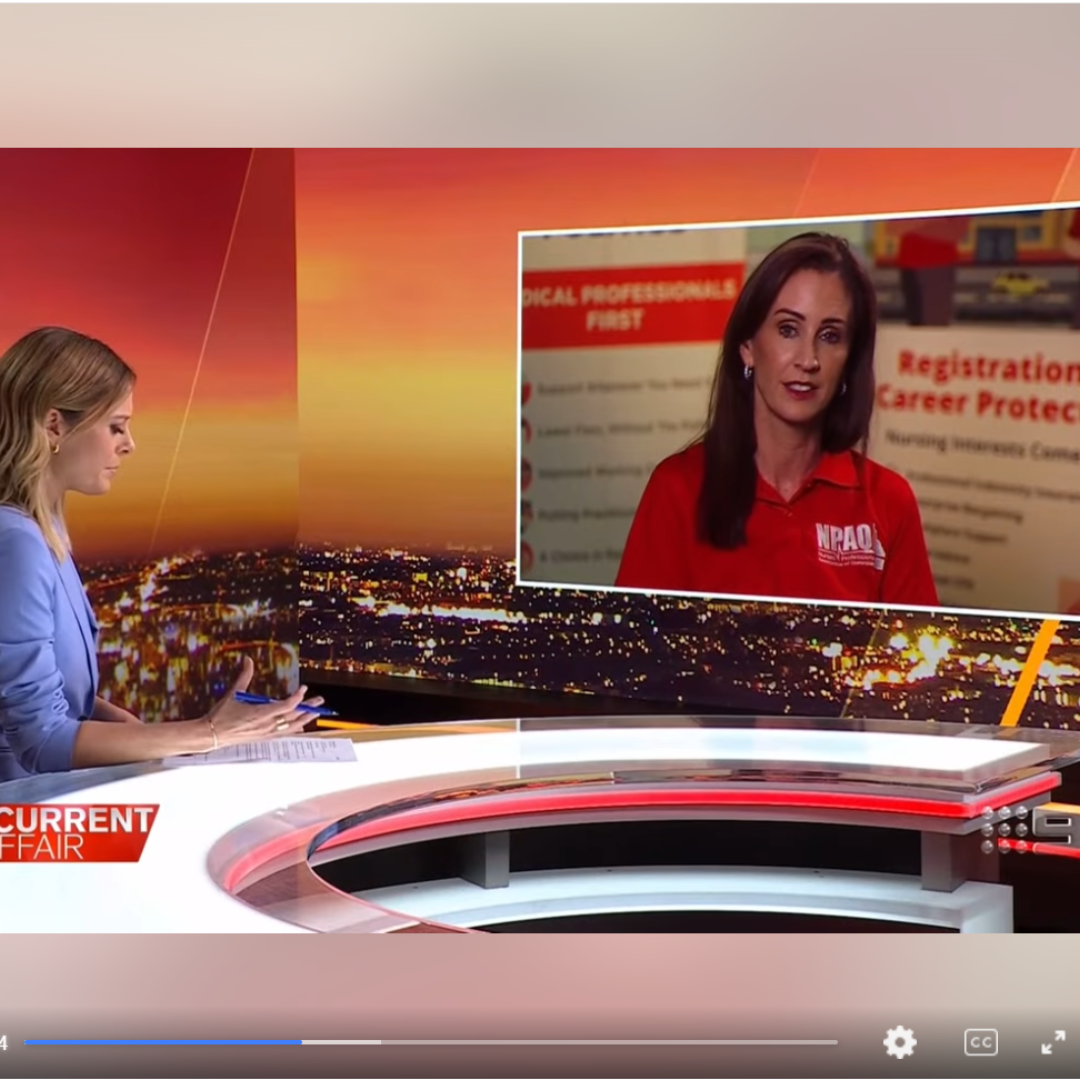
.png)
